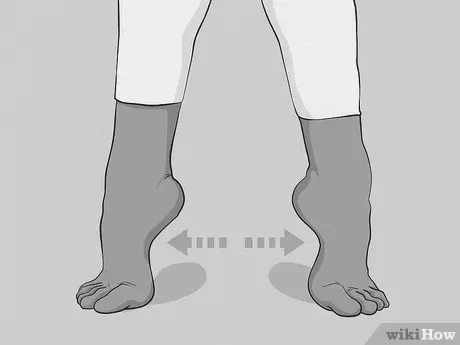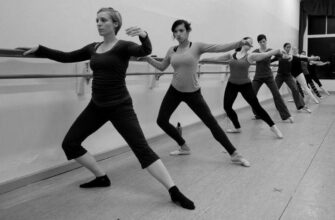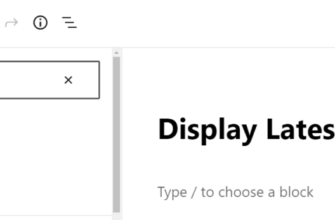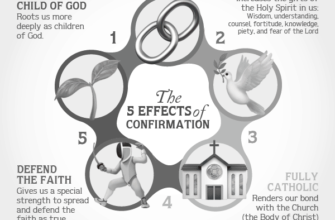When to go on pointe depends on a few factors. The X-ray, sleep, and strength of your core will all play a part. But most importantly, you need to be ready to take the risk! Here’s what you need to know. Read on for some advice! But first, let’s talk about some of the dangers. Children and babies risk bone malformations and hammertoes if they start dancing on pointe early.
Tests to assess readiness
There are various tests a ballet dancer can take to determine their readiness for pointe work. A professional physiotherapist specializing in dance medicine can perform these tests. These tests aim to reduce the risk of injury while dancing and prepare the dancer for pointe work. To begin working on pointe, a student should be at least three years old and have at least two weekly ballet classes.
In the Richardson study, three tests were positively correlated with dance teacher ratings of pointe readiness. These three tests were the “Airplane,” “Topple,” and “Saute.” Hewitt’s study found that the same three tests effectively discriminate between pre and en-pointe students, although the heel-rise test was not statistically significant. Performing these tests with video samples may be more helpful in analyzing student performance.
The age at which a dancer is ready for pointe work varies among individual dancers. Children as young as eleven or twelve years of age can already perform some of the exercises required. However, their musculoskeletal development and motor skills are still varying, and it is therefore not possible to use age alone to determine pointe readiness. When it comes to dancers, the proper tests will measure strength, range of motion, and coordination. Also, they should maintain proper alignment when performing ballet-specific movements.
X-rays
Children who go on pointe are at risk for bone malformations, such as bunions and hammertoes, which can have severe effects on the feet in old age. These problems are often undetectable until a dancer is older and needs x-rays to catch them early. Pointe work requires a dancer’s body to be perfectly aligned, with their feet in a perfectly pointed position.
Although an x-ray of the feet is not necessary before going on pointe, it’s a good idea to have a scan done by a specialist before you begin. The growth plates in girls’ feet don’t entirely fuse until they’re about sixteen or seventeen, and pointe work typically begins before this age. However, if your child is experiencing ankle pain, it’s a good idea to have an x-ray. These x-rays can detect accessory bones and impingements in the ankle.
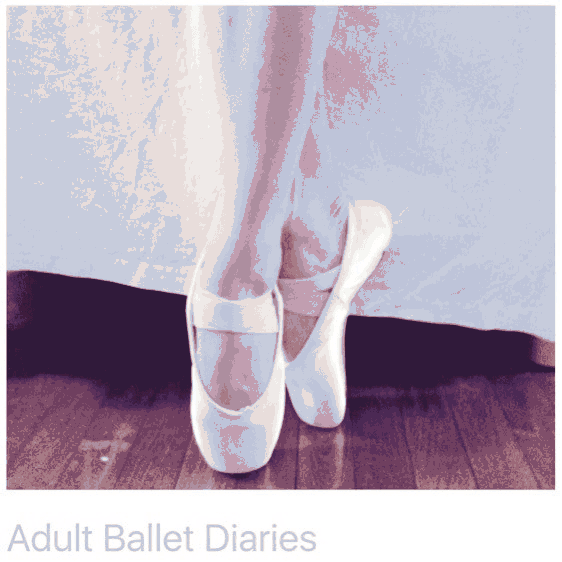
MRI is an alternative imaging option for ballet dancers. MRI is an excellent method for examining the ankle and foot because it can show multiple structures in a single image without subjecting the patient to ionizing radiation. However, MRI is unsuitable for dancers on pointe, as the high-field strength scanners do not work well with this position. An MRI is not a quick fix, but it can be a valuable tool for preventing injuries and ensuring that dancers are healthy and safe for the long term.
Strength of core
While solid feet and ankles are essential to pointe work, all muscles in the body need to be ready before attempting this difficult step. The forces of the legs, including the calves, hamstrings, and quadriceps, are crucial, but so is the core, or gravity center. It is critical to attend pointe classes and focus on the proper alignment and body alignment techniques to develop these essential muscles.
To strengthen the core when going on pointe, try balancing on the back of the knee or the lower back of the foot. Try to maintain a lift on the kneecap. You can also feel the length of your legs while standing. This will give you better stability. Also, when going on pointe, keep your kneecaps lifted to avoid injury. It will help you with the echappe relieve.
Intense leg and hip muscles are essential to properly balancing and controlling your feet and ankles when dancing on pointe. While pushing over the box with your knees may be tempting, this will only cause you to overdevelop your quads. Instead, strengthen your legs, use the core muscles to support your body, and avoid putting too much weight on your knees. Then, you’ll be ready for the next step: learning how to go on pointe.
Weight of dancer
The dancer’s weight when going on pointe should be approximately 155 pounds. A dancer can be heavier than this, but the weight of their dance shoes may not allow them to perform pointe work correctly. If the dancer is too heavy, the weight might be imbalanced, causing joint deformities and bone problems. Incorrect weight distribution could also cause injury. Proper alignment is essential to avoid injuries and pain when going on pointe.
When determining the right age to go on pointe, doctors will consider several factors, including physical and mental maturity. Usually, pointe work is appropriate for children and adolescents with a strong foundation and sufficient stamina to last through the class. Although a banana-shaped instep might look appealing to some, a dancer will be better off with flat feet and stiff ankles. This will make it easier to balance the dancer’s weight and help the dancer maintain a proper body alignment.
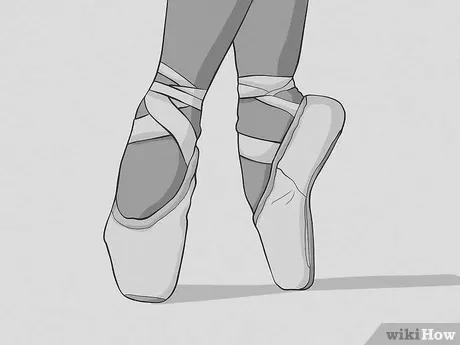
When it comes to balancing a dancer’s weight, much research goes into the anatomy of pointe dancing. There are several important books and articles on the subject. The importance of a dancer on pointe requires solid ankles and feet, and a pointe shoe supports the toes. A pointe shoe box consists of layers of fabric and a paste specially formulated to dry in a semi-flexible state. Moreover, the platform is flattened and shaped to support the dancer’s body and provide support.
Foot problems caused by pointe work
En Pointe Orthotics are designed to help dancers prevent foot problems from occurring during the performance of pointe work. The feet of dancers are subjected to tremendous amounts of pressure and weight, and, as a result, they are prone to certain foot conditions. One example of a disease that can be prevented through En Pointe Orthotics is the development of bunions, which are enlargements of the MTP joint at the base of the big toe. Over time, these enlargements cause bones to become out of alignment, resulting in pain.
A qualified practitioner should perform pre-pointe assessments to determine whether a student has the strength and range to perform on pointe. While a pre-point evaluation should be conducted by a trained professional, a student should note that this process can take a long time if specific techniques are not perfected. During the assessment, students should listen to the assessor’s advice and focus on improving on the elements that are identified. It may take up to six weeks before a student can finally get their first pair of points.
The main problem with dancing on pointe is that it is not a natural activity. Dancers place up to four times their body weight through their feet and ankle, which is why it is essential to ensure that the force of pointe work is evenly transferred through the bones and soft tissues. Each foot/ankle has 26 bones, 33 joints, and over 100 tendons and ligaments. By placing too much pressure on these joints, pointe work can damage these structures and can lead to bone spurs, arthritis, and loss of motion.
Cost of going on pointe
The cost of going on pointe can vary widely depending on the shoe you purchase. For example, an essential pair of pointe shoes can cost as little as $45, while a higher-end pointe shoe can cost as much as $125. There are also accessories to purchase, including padding and spacers. The price of pointe shoes and their maintenance can add up fast. A good rule of thumb is to budget around $200 per month for the shoes and other associated expenses.
When should you buy pointe shoes? Most dancers are ready to begin pointe work from 10 to 11. However, some students do not reach this age until 12 or 13. Because pointe work is so demanding on the growing bones and growth plates of young bodies, age is another consideration when starting pointe work. Some classes also allow students to wear blocked shoes for the program’s first few months.
Professional ballet companies often cover the cost of pointe shoes, although the costs can quickly add up. Pointe shoes should be adequately care for to last a long time. You should also be prepared to buy a new pair of shoes if the old one gives way. If you do not have the budget for the latest team, you can buy a new one every year and save money. The cost of going to pointe can be very high, but it is worth it.
